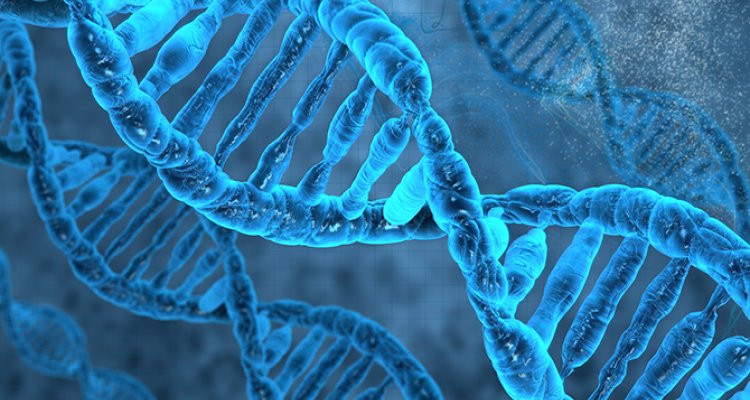
Press release
Solving codon bias benefits protein production
More than 50 years have gone by since the discovery of how genes in DNA provide the code for proteins, but one aspect of the translation process is still unclear: the codon bias. A better understanding of this would help to improve production of proteins for medical, food production and other purposes. A review article on the subject, written by microbiologists from Wageningen University, was published in Molecular Cell on 16 July.
Proteins are an essential component of every living organism. They are also widely used in man-made products, ranging from medicines such as insulin and antibodies to the enzymes needed for food or biofuel manufacture. Proteins, therefore, are of great economic and societal value. Industrially relevant proteins from all sorts of living beings are currently produced in industrial microorganisms such as lactic acid bacteria and moulds. However, this process is not always completely successful. The codon bias often appears to be the reason for this.
Building blocks
Any explanation of what a codon bias is demands a quick lesson in genetics. As already known, hereditary information in all sorts of organisms, from bacteria to humans, is stored in DNA. The discovery some 50 years ago revealed how this information (genes in DNA) was used to express various functions (in proteins). The building blocks of DNA comprise 4 different nucleotides. The order in which these occur determines the order of the protein building blocks – 20 amino acids. Each amino acid is coded by a specific combination of three nucleotides, a codon.
Preference
As it happens, there are 64 different codons compared with only 20 amino acids. That means more than one codon can be translated into a particular amino acid. However, not all synonymous codons are used with the same frequency, according to John van der Oost, who holds a personal chair at Wageningen University and is one of the authors of the article. “Organisms appear to have a preference as to which codons they use. That is what we call the codon bias.” Scientists now know that the efficiency with which certain synonymous codons in DNA are translated into amino acids depends on a large number of variables. In many cases the particular combination of codons plays an important role.
Van der Oost also points out the role of tRNA. “During the translation process of DNA via RNA into proteins, genes are read one codon at a time. Transfer RNA, known as tRNA, contains anticodons enabling the amino acids to be linked together in the correct order. A perfectly fitting tRNA is not available for all codons, a situation which applies to both bacteria and humans. This incomplete set, which regularly leads to the use of less suitable tRNAs, is probably good for something, but we don’t yet know what exactly. We are realising that more and more.”
Expression
The Wageningen microbiologists, together with an American expert and a former PhD student currently working in Germany, have assembled all the facts concerning codon bias for the article in Molecular Cell. Interestingly, the American, Dieter Söll, worked during the 1960s in the group of the subsequent Nobel Prize winner Khorana on explaining genetic code. Van der Oost: “Writing the review has got us thinking about what we can do with this knowledge. It is still difficult to bring about expression in genes that have been transferred from one organism to another, even though this is important for many applications, from medical purposes to biofuels. We need to find a way of adjusting the codons in an organism in order to achieve better foreign gene expression.”
The research team has now thought up a way of doing this and they would like to develop it fully in a company that is yet to be set up. Van der Oost: “A review article in which you include all the available information is not only useful for colleagues and students. The people writing it always learn the most.”
Publication
Quax et al., Codon Bias as a Means to Fine-Tune Gene Expression, Molecular Cell (2015), http://dx.doi.org/10.1016/j.molcel.2015.05.035.